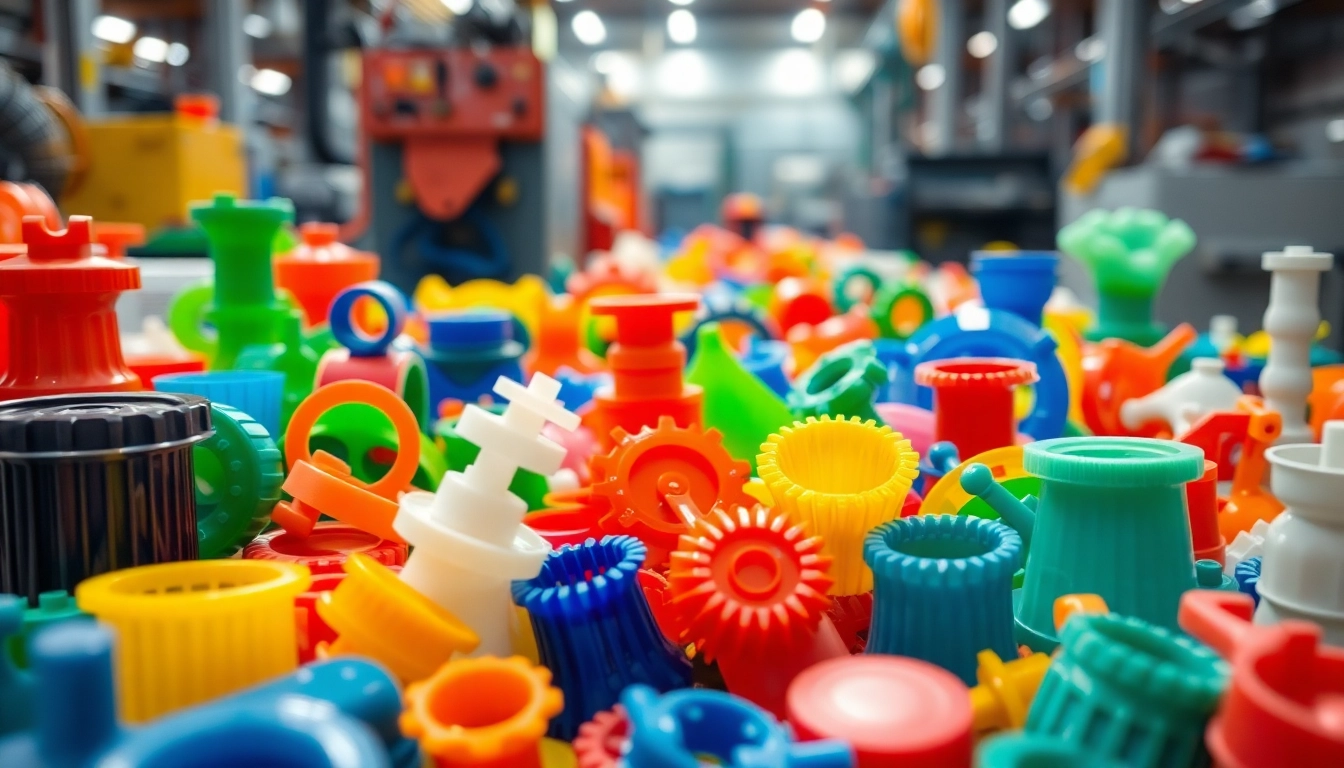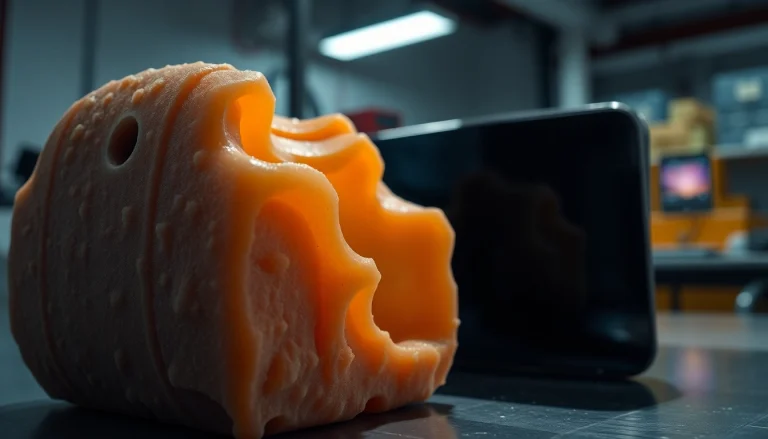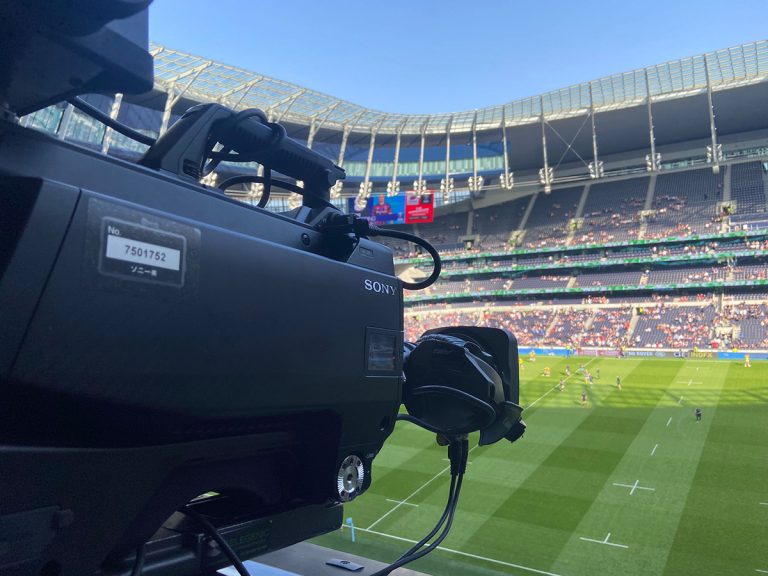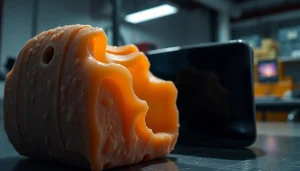Introduction to Blow Moulded Plastic Parts
In the world of modern manufacturing, creating lightweight, durable, and versatile products is paramount. One revolutionary process that has significantly contributed to this goal is blow moulding, which effectively and efficiently produces hollow plastic parts. Not only is this technique indispensable across various industries, from automotive to packaging, it also offers unmatched flexibility and scalability in designing and manufacturing. This article serves as an extensive guide to blow moulded plastic parts, exploring their types, materials, benefits, and the future trends of this essential manufacturing process.
What are Blow Moulded Plastic Parts?
Blow moulded plastic parts are items created using a specific method known as blow moulding, in which air is used to shape molten plastic into hollow containers and shapes. The process stems from the need to create lightweight, sturdy, and cost-effective solutions for everyday products. With its applications ranging from simple bottles to complex automotive components, blow moulding stands out for its ability to meet diverse functional and aesthetic requirements.
Common Uses and Applications
Blow moulding finds ubiquitous use in numerous industries. Here are some of the most common applications:
- Packaging: Bottles, containers, and jars for food, beverages, and personal care items.
- Automotive: Fuel tanks, ducting systems, and other structural parts.
- Consumer goods: Toys, household products, and garden tools.
- Industrial: Crates, bins, and other storage containers.
Each application underscores blow moulding’s versatility, making it a preferred method among manufacturers aiming to capitalize on its efficient production capabilities.
The Importance of Blow Moulding in Manufacturing
Blow moulding represents a vital technique in the landscape of manufacturing. Its importance can be summed up in several key areas:
- Efficiency: The blow moulding process is notably faster than other manufacturing methods for hollowed parts, significantly reducing cycle times.
- Material Conservation: The method requires less material compared to traditional moulding techniques due to the way it creates sections of varying wall thickness.
- Design Complexity: This process allows for intricate designs and tailor-made shapes, meeting specific function-driven demands.
- Cost-effectiveness: Particularly for large-volume production, blow moulding translates to substantial cost savings.
In an era where efficiency and sustainability are critical, blow moulding emerges as a key player in meeting the demands of modern manufacturing.
Types of Blow Moulding Processes
The blow moulding process comprises several variations, each tailored to specific manufacturing needs. Let’s explore the most notable types:
Extrusion Blow Molding Explained
Extrusion blow molding is a process where a tube of molten plastic (known as a parison) is extruded and then expanded within a mould. This method is commonly used for producing large and irregularly shaped containers. The parison is clamped and air is blown into it to conform to the interior of the mould, forming the final product. The advantages include:
- High production rates for simple parts
- Ability to achieve significant wall thickness variations
- Lower tooling costs compared to injection moulding
Injection Blow Moulding Overview
Injection blow moulding combines the advantages of injection moulding and blow moulding. The process begins with injecting molten plastic into a preform mould, followed by blowing it into the final shape in a separate mould. This technique is particularly useful for producing precision-engineered containers and parts that require high accuracy. Its key benefits include:
- Excellent dimensional accuracy
- Quick cycle times
- Ideal for production runs requiring consistent quality
Choosing the Right Process for Your Needs
Selecting the correct blow moulding process depends on several factors, including the design complexity, material type, production volume, and cost considerations. For example, extrusion blow moulding is commonly chosen for larger containers, while injection blow moulding is preferred for more complex designs that demand precision.
Materials Used in Blow Moulding
A variety of materials can be employed in blow moulding, each with distinct properties suited for specific applications. Understanding these materials is essential for selecting the optimum one for your manufacturing needs.
Types of Plastics Suitable for Blow Moulding
The plastics that are commonly blow moulded include:
- Polyethylene (PE): Renowned for its flexibility, durability, and resistance to chemical leaching.
- Polypropylene (PP): Noted for its high clarity, strength, and resistance to heat.
- Polyethylene Terephthalate (PET): Highly recyclable and prevalent in the production of beverage bottles.
- Polyvinyl Chloride (PVC): Offers a robust, flame-resistant quality, making it suitable for a range of applications.
Evaluating Material Properties and Benefits
When deciding on a material for blow moulding, it’s crucial to evaluate properties such as strength, weight, flexibility, barrier properties, and resistance to temperature changes. Each property substantially impacts product functionality and marketability. For example, industries requiring high durability might prioritize polyethylene, while those focused on recyclability might choose PET.
Environmental Considerations and Recyclability
As environmental concerns grow, selecting materials that are recyclable or made from recycled materials has gained prominence. Many blow moulding processes are focusing on supply chain sustainability by utilizing bio-based resins and improving the recyclability of the produced parts.
Benefits of Blow Moulded Plastic Parts
The advantages of blow moulded plastic parts extend across various facets of the manufacturing process, attracting businesses toward this efficient methodology.
Cost-Effectiveness and Efficiency
One of the standout benefits of blow moulding is its cost-effectiveness, particularly for high-volume production runs. The efficiency of the process enables manufacturers to reduce cycle times significantly, which translates into overall lower production costs. As demand increases, the ability to ramp up production without a corresponding surge in costs is a significant competitive advantage.
Design Flexibility and Customization
Blow moulding provides remarkable design flexibility, allowing for the development of intricate shapes and customized sizes tailored to specific requirements. Manufacturers can leverage this flexibility to innovate products that resonate with market trends, such as eco-friendly packaging or ergonomically designed consumer goods.
Durability and Performance Advantages
Blow moulded plastic parts tend to exhibit excellent durability and performance metrics, owing to the inherent properties of the plastics used and the integration of design optimizations. Products manufactured through this method are often lightweight yet strong, providing long-lasting solutions for both consumers and industry applications.
Future Trends in Blow Moulding
The blow moulding industry is poised for significant advancements, driven by innovative technologies and evolving consumer expectations. Below are the key trends likely to dominate the future landscape.
Innovations in Blow Moulding Technology
Research and development are continuously impacting blow moulding technology, particularly in improving machinery efficiency and integrating automation. Innovations such as smart moulds equipped with sensors, improved heating technologies, and AI-driven quality control will enhance productivity and product reliability.
Sustainability Practices within the Industry
With increasing scrutiny on environmental impacts, the blow moulding sector is making strides toward sustainability. This includes adopting greener manufacturing practices, utilizing biodegradable materials, and considering the entire lifecycle of products, from production to recyclability.
Growth Opportunities in Global Markets
As global consumer markets continue to expand, especially in developing regions, the blow moulding industry is expected to experience substantial growth. Emerging markets offer new opportunities for manufacturers to establish a presence and cater to the increasing demand for blow moulded plastic products, particularly in packaging and automotive sectors.






